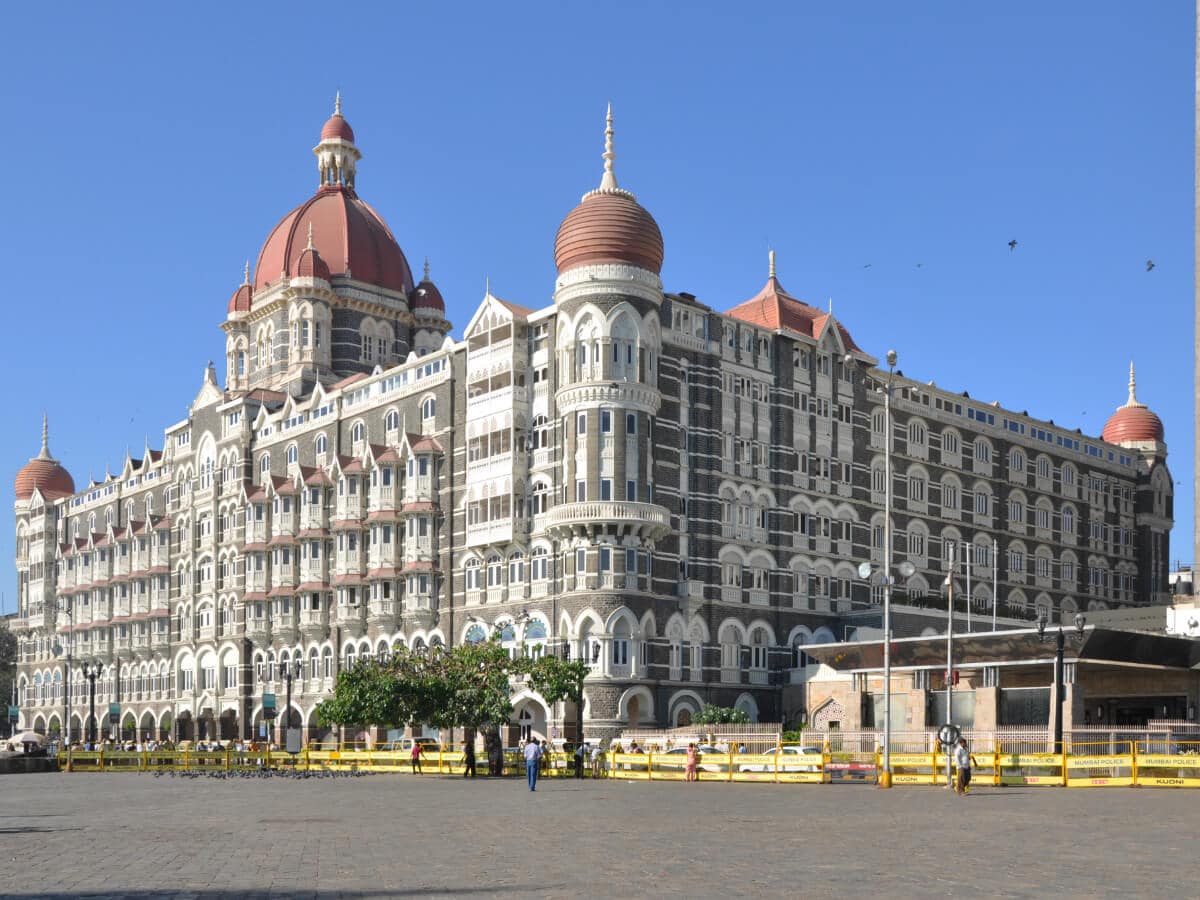Tour Package
Mumbai Tour Packages
SUPER DEAL PRICE
STARTS FROM
per person on twin sharing
ATMs widely available in Mumbai, limited rurally.
Cards accepted in Mumbai, rare in villages.
Bank branches common in city, limited rurally.
India’s first high-speed expressway is Pune-Mumbai.
Mumbai residents are famous for warm hospitality.
Mumbai - Overview

By Purpose
Couples
For Newlywed Vacations
Family
For Family Vacations
Top Attractions and Nearby Sights
Gateway of India
Marine Drive
Mani Bhavan
Juhu Beach
Alibaug
Matheran
Rajabai Clock Tower
Elephanta Island
Karjat
Lonavala & Khandala
Hanging Gardens
Chhatrapati Shivaji Maharaj Terminus
Everything You Need to Know About Mumbai
Often called the “City of Dreams,” Mumbai is a bustling metropolis that never sleeps, where opportunity meets tradition, and chaotic energy blends with serene moments. Captivating the minds of tourists, Mumbai casts a spell with its vibrancy, diversity, and sheer spirit.
From the glitz of Bollywood to historical landmarks like the Gateway of India, and bustling bazaars to peaceful seaside promenades, Mumbai offers a kaleidoscope of experiences. Whether you’re a history buff, a foodie, a shopaholic, or a dreamer, Mumbai welcomes you with open arms. For Indian tourists, especially, Mumbai is not just a destination – it’s an emotion waiting to be felt.
Explore our customised Mumbai tour packages and dive into this city of contrasts, where every street tells a story and every moment becomes a memory.
View All Mumbai Tour Packages
FAQs:
Come explore the Maximum City with our Mumbai tour packages and let this incredible city leave its mark on your heart!
Call or send a message on Instagram for customised Mumbai tour packages and we’ll be happy to help.
Book Your Dream Vacay Today!














